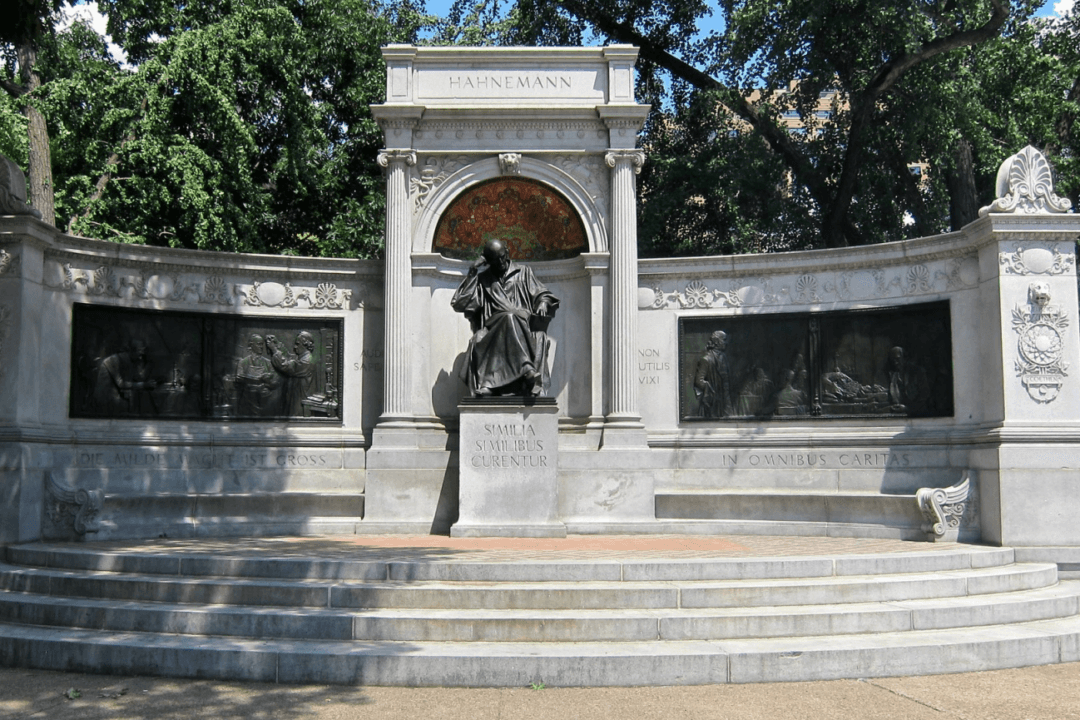Commentary
In Washington, there’s only one monument dedicated to a physician, a German doctor by the name of Dr. Samuel Hahnemann (1755–1843), who was the founder of homeopathy.

In Washington, there’s only one monument dedicated to a physician, a German doctor by the name of Dr. Samuel Hahnemann (1755–1843), who was the founder of homeopathy.